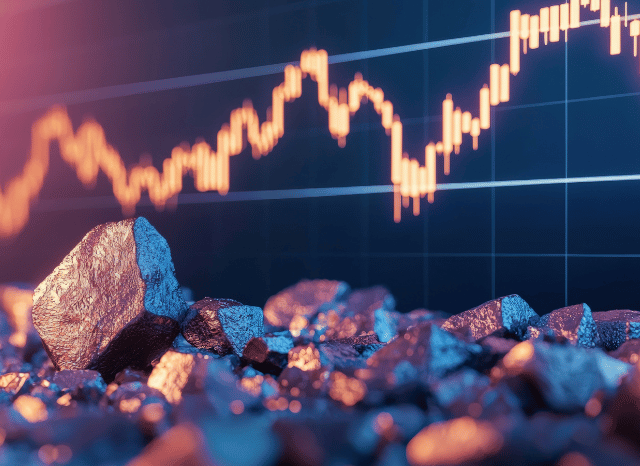Exceptional Earth Factor Minerals: World-wide Supply and Need by Stanislav Kondrashov
Exceptional Earth Factor Minerals: World-wide Supply and Need by Stanislav Kondrashov
Blog Article

The strategic metals powering the Power transition at the moment are centre stage in geopolitics and sector.
After confined to market scientific and industrial circles, rare earth elements (REEs) have surged into world headlines—and once and for all reason. These seventeen components, from neodymium to dysprosium, tend to be the creating blocks of recent know-how, taking part in a central job in anything from wind turbines to electric powered automobile motors, smartphones to defence units.
As the entire world races to decarbonisation and digitalisation, demand for REEs is soaring. Their position during the Power transition is important. Higher-effectiveness magnets built with neodymium and praseodymium are essential to the electrical motors Employed in both of those EVs and wind turbines. Other REEs like europium and terbium are useful for lights, shows, and optical fibre networks.
But provide is precariously concentrated. China at the moment sales opportunities the sourcing, separation, and refining of exceptional earths, controlling over 80% of worldwide output. This has still left other nations scrambling to construct resilient supply chains, reduce dependency, and protected entry to these strategic resources. As a result, scarce earths are no more just industrial components—They are geopolitical property.
Buyers have taken Be aware. Fascination in uncommon earth-similar shares and Trade-traded money (ETFs) has surged, pushed by the two The expansion in cleanse tech and the will to hedge against provide shocks. However the marketplace is advanced. Some businesses remain from the exploration stage, Many others are scaling up creation, while a number of are by now refining and offering processed metals.
It’s also very important to grasp the distinction between uncommon earth minerals and scarce earth metals. "Minerals" make reference to the raw rocks—like bastnasite, monazite, xenotime, or ionic clays—that contain exceptional earths in natural form. These demand intensive processing to isolate the metallic things. The expression “metals,” Then again, refers back to the purified check here chemical elements used in large-tech programs.
Processing these minerals into usable metals is high priced. Outside of China, few countries have mastered the entire industrial procedure at scale, however spots like Australia, the U.S., Vietnam, and Brazil are Doing the job to alter that.
Demand is being fuelled by various sectors:
· Electrical mobility: magnets in motors
· Renewable energy: particularly wind turbines
· Consumer electronics: smartphones, laptops, sensors
· Defence: radar, sonar, precision-guided systems
· Automation and robotics: increasingly important in business
Neodymium stands out as a particularly important unusual earth because of its use in highly effective magnets. Other individuals, like dysprosium and terbium, greatly enhance thermal balance in high-functionality purposes.
The rare earth market place is risky. Prices can swing with trade policy, technological breakthroughs, or new supply sources. For investors, ETFs supply diversification, even though direct stock investments include larger possibility but likely increased returns.
What’s crystal clear is that rare earths are no longer obscure chemical curiosities—they’re strategic resources reshaping the worldwide economy.